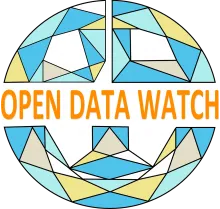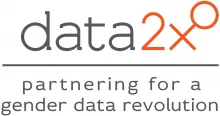The Data Value Chain
Moving from Production to Impact
Prepared for Data2X by Open Data Watch
The data value chain describes the process of data creation and use from first identifying a need for data to its final use and possible reuse. The data value chain has four major stages: collection, publication, uptake, and impact. These four stages are further separated into twelve steps: identify, collect, process, analyze, release, disseminate, connect, incentivize, influence, use, change, and reuse. Throughout the process, from one end of the value chain to another and back again, there should be constant feedback between producers and stakeholders. The data value chain can be used as a teaching tool to show the complex set of steps from data creation to use and impact or as a management tool to monitor and evaluate the data production process.
While the data value chain was motivated by research on collecting and documenting gender data impact stories, the concept applies to development data more broadly. This research led to mapping the path from data production to tangible impacts. The importance of gender data has received significant attention since the launch of the Sustainable Development Goals (SDGs). To motivate progress on closing gender data gaps, it is essential to document the impact of data on policies and outcomes, and, conversely, to demonstrate the opportunities lost when we lack good data. The motivating questions included: What enabling conditions were present that lead to the success? What roadblocks impeded progress? Were data disseminated in a way that encouraged their use? Building on previous research, the data value chain was constructed to capture and visualize the steps data go through from production to impact.


